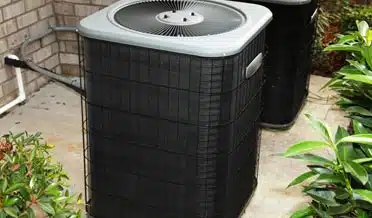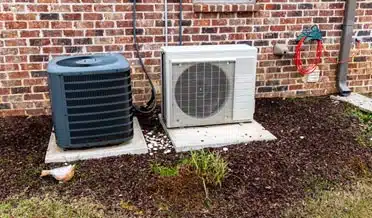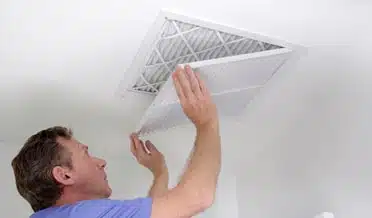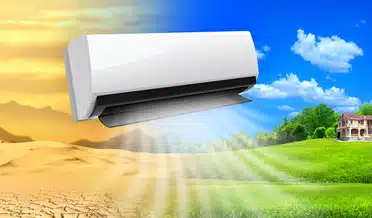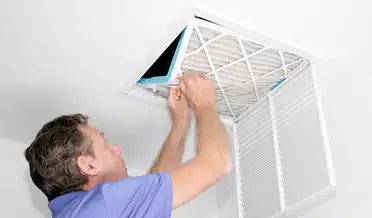HVAC Maintenance Spring Checklist
While it is still a little chilly outside, every indication is that we will have an early Spring. That is mostly good news for Texans. After all, we had several harsh winters in a row, and an early spring is welcome news. We will comfortably enjoy being outdoors earlier and more often. It also means that the cooling season will begin earlier for indoor spaces. Is your air conditioner system ready? Is it time for a preventative HVAC maintenance visit?
All Cool recommends an annual HVAC maintenance visit to ensure your cooling system is ready for the long cooling season. This visit will include:
A Thorough Cleaning
- Start with a new air filter. The air filter collects airborne particles with every heating and cooling cycle, but when the collected particles become too thick, the clog restricts airflow. Your air conditioner depends on huge amounts of air passing through the evaporator chamber to remove humidity and cool the air. A new filter ensures clean air and unrestricted airflow.
- Rinsing the evaporator coil. This coil stays wet all summer long since moisture from the air hits the cold evaporator metal. Any dust that makes it past the filter tends to collect on the coil. The buildup of dust particles inhibits the transfer of heat, making your system work harder.
- Flush away any debris from the drain pan. The moisture from the evaporator coil drains into a pan below and empties into a drain line. Any dust or debris can result in a clogged drain line and water leaking onto the floor in the surrounding area.
- Clean the outdoor condenser unit. All winter long, the wind has been blowing leaves and debris around and even inside the condenser unit. These will need to be cleaned away. The condenser also needs substantial airflow for heat transfer, so lawn clippings and dirt will need to be washed off the condenser coil and fins. Often, any bent condenser fins can be carefully straightened to enhance the efficiency of the unit.
Electrical Testing
- All things thermostats. The thermostat is the ON/OFF switch for the air conditioner, responding to sensors that call for cooling when the place warms up. They run on battery power, so the batteries will be changed, and the settings adjusted as needed.
- The whole system functions on a series of sensors and control components. Electrical testing equipment can uncover failures and weaknesses; replacing or repairing these parts can prevent stress and failure over a long cooling season.
- The technician will be looking for common problems or a repetition of electrical failures.
Gas Pressure Testing
- Freon pressure tests. Residential air conditioners use one of several refrigerant gases, commonly called freon. The cooling process requires a range of gas pressures; a loss of pressure often causes catastrophic system failure. Gas will be added to bring the pressure within the appropriate range.
- Leak detection. If the closed system is losing gas, the system is leaking. Any leaks will come with a recommendation—for obvious reasons—for a leak repair.
Function Testing
After all the components are cleaned and tested, the cooling function of the system will be tested to ensure it works properly. The goal is for the air conditioner to cool efficiently all summer long and for many seasons to come.
Call the HVAC Maintenance Experts at All Cool AC!
Schedule your HVAC Maintenance consultation by calling All Cool AC & Heating at 281-238-9292 or contact us via email and let our NATE-certified HVAC Maintenance technicians put their experience to work for you.
